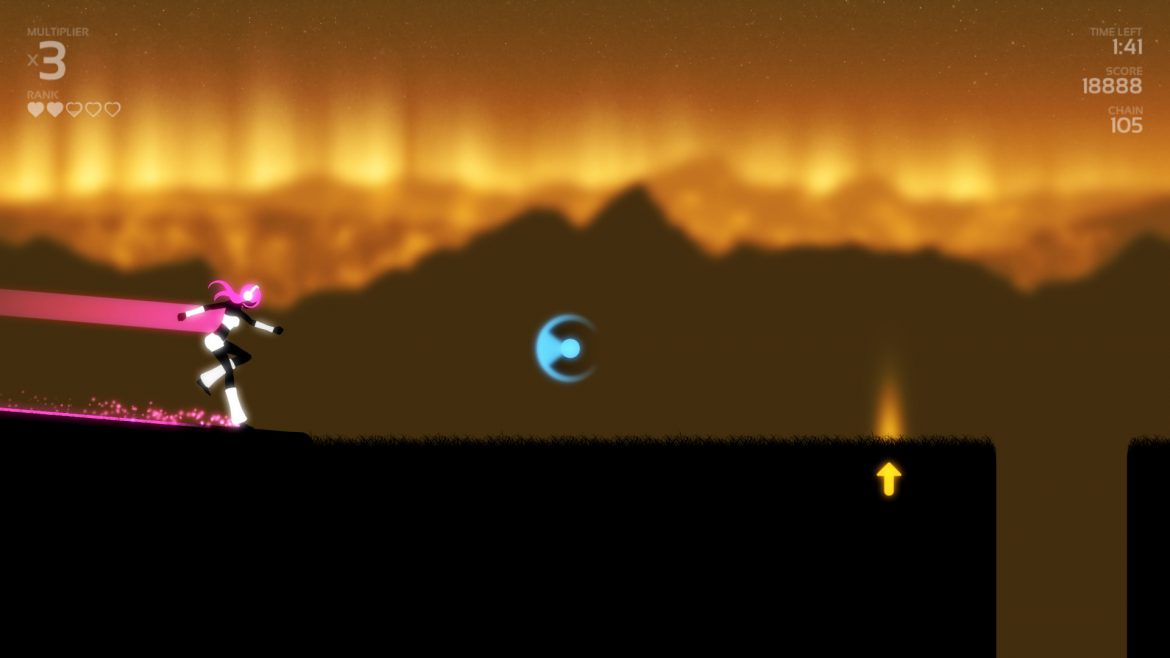 TAG Profiles is a blog series that explores the work of current TAG scholars. Rebecca Waldie is a PhD student in Concordia’s Communication program and a recent graduate of the Media Studies (MA) program. She is also one of TAG’s two student representatives.
TAG Profiles is a blog series that explores the work of current TAG scholars. Rebecca Waldie is a PhD student in Concordia’s Communication program and a recent graduate of the Media Studies (MA) program. She is also one of TAG’s two student representatives.
You recently completed your master’s degree and are now a year into your PhD. What are your research interests?
When I entered the program, my original intent was to expand upon my master’s work and study global masculinities as they’re reflected in global videogames. Specifically, how masculinity is defined in a culture and how that influences masculine character design in videogames.
However, my research has morphed! As I wrapped up the first year of my PhD, I decided that I wanted to put a focus on mental health. I began looking at how we discuss mental health and, particularly, how mental health is under-discussed in videogame culture. It’s often glossed over when we discuss critical disabilities in videogames and, as I was doing my master’s research on mental illness in videogames, I found that there was so much lacking in that area.
My research has focused now to the intersection of representation and mental illness on videogames. I’m currently writing my doctoral exams, and I don’t have the complete research question as of yet, but it will be something along the lines of “how does the representation of mental illness in videogames perpetuate the stigmatization of mental illness that we see in society?”
What stream of the program are you pursuing?
I’m currently in the thesis stream, but I am considering a transition into a research-creation PhD in order to build a virtual reality experience. I’ve tentatively looked into Sony’s PSVR toolbox – which they make available for students to try out. However, I don’t want my VR experience to become a situation where someone puts on the VR and gets to “try on” different types of mental illness. Although this could be enlightening in some ways, it can also be fetishizing in others. Whenever you turn an experience into a game you are already ascribing it a certain amount of entertainment – and I don’t want it to be an entertainment experience. I have to critically think about ethical ways I can create experiential moments without necessarily creating entertainment moments.
Switching gears a little bit, I understand that you’re planning on participating in the upcoming Montreal Mini Maker Faire. What are you working on?
Right now, my project is about bringing to a specific videogame character to life: Melody from the Belgian indie game Melody’s Escape. Both Melody and myself live with synesthesia, a condition where your senses cross wires and input from one sense triggers responses in other senses. One of the most common forms of synesthesia – and the one that is represented in the game – is music triggering visuals. Sometimes you hear people joke that they “hear colours” or “taste colours.” But for me, when I hear music or certain chords and harmonies, I actually lose vision and I see something else entirely.

The whole project began as a cosplay of sorts, and it still contains many traditional costume elements, but I’m now working on it as more of a case study to learn Arduino and explore that maker aspect of it. I’ve designed a long wig (five feet!) that changes colours based on triggers that I’ve programmed alongside a piece of music. The colour changes are currently hardcoded, but I’m hoping that I can eventually make the wig respond to the audio of any song.
You mentioned that you were new to the whole “maker process.” What resources did you use to get started?
I had never used Arduino before so, to get started, I signed out an Arduino chipboard from Concordia’s Technology Sandbox and then took a trip to SpikenzieLabs. I walked into the store and said “look, I’ve got LED strips, an Arduino board, and a whole bunch of components” and then I outlined exactly what I wanted to do. The owner helped me map out the entire project and then I went home and started twisting wires all over the place! I think I spent six or seven hours just trying to get SOMETHING to light up. It was the first time I really thought that “I’m a maker now!”

So when I saw the call for the Montreal Mini-Maker Faire, I wanted to see if my project would qualify. Luckily, wearables is a category they support and so is cosplay. I consider this project as something that straddles these two areas, and I’m considering it a performance as well. When I am wearing the wig and the rest of the costume, and the music starts playing, I’ll be considering: “what movement would really go with the changing colours in my hair?” and “how would I embody the essence of Melody, who is essentially just a silhouette in the game?” I think the most successful cosplays are the ones that have researched the mannerisms and the attitudes of the character.
For me, I’m treating this as a foray into trying out cosplay but also attempting a more hands-on practice. I think a lot of the time people would consider me as strictly a written researcher, so this is a great opportunity for me to branch out a bit.
How can people follow you online?
I am most active on Twitch under the name AliceInGames. I’m what people would consider a variety streamer: I play Until Dawn, Overwatch, some PSVR, and I’ll be shifting into VR games that focus on mental illness soon (such as The Inpatient). I also sometimes stream Arduino building and model kit building too.
